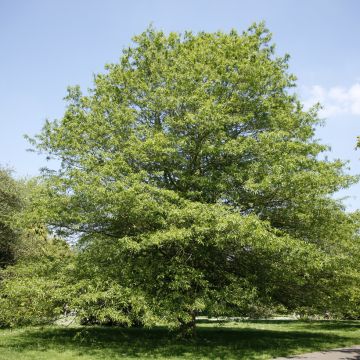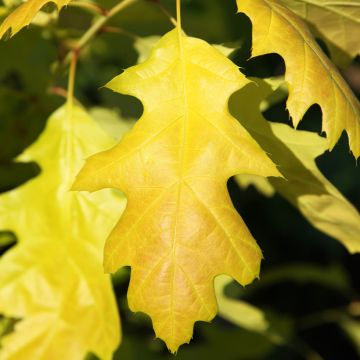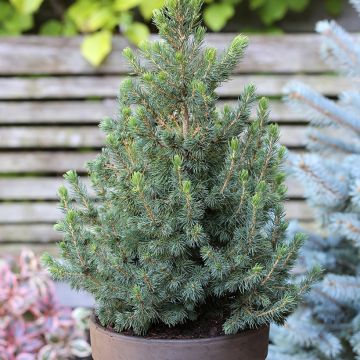

Holm oak - Quercus ilex


Holm oak - Quercus ilex


Holm oak - Quercus ilex


Holm oak - Quercus ilex


Holm oak - Quercus ilex
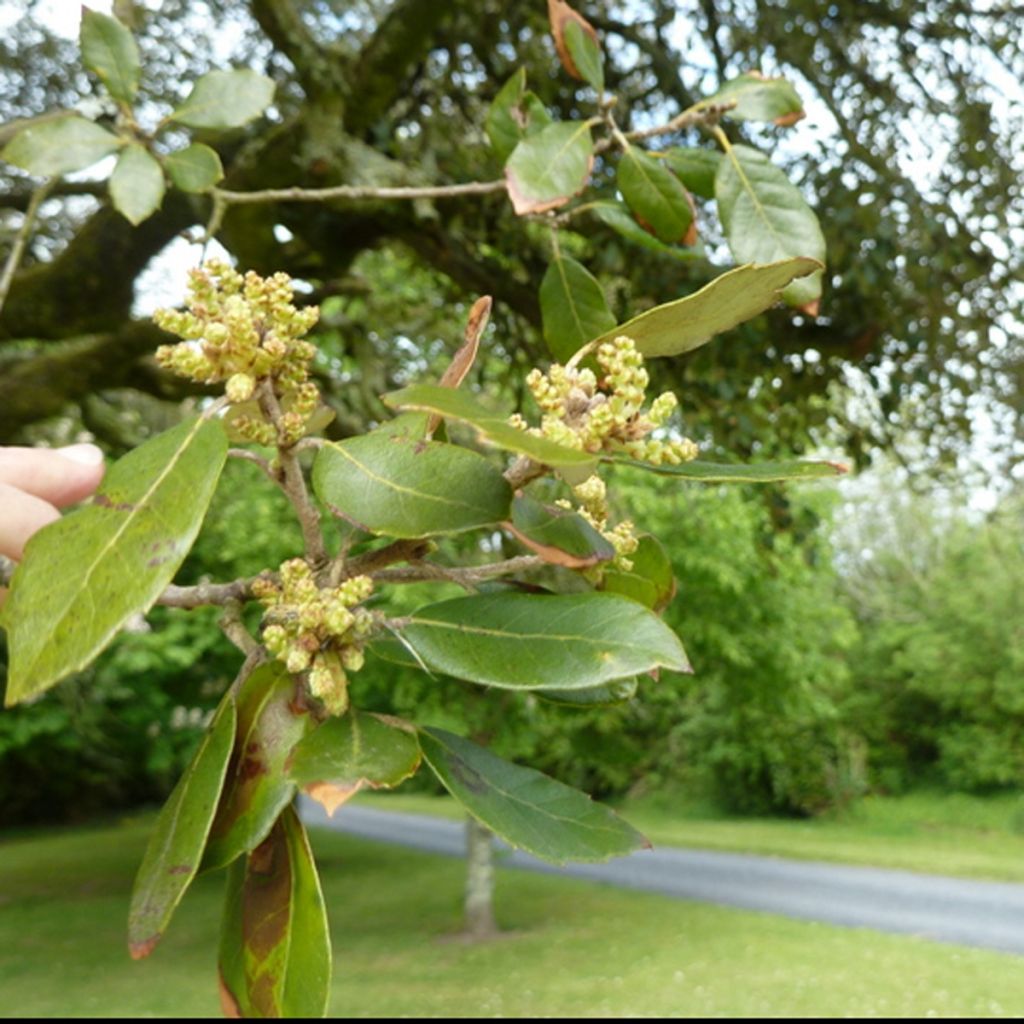

Holm oak - Quercus ilex


Holm oak - Quercus ilex


Holm oak - Quercus ilex


Holm oak - Quercus ilex
Holm oak - Quercus ilex
Quercus ilex
Holm Oak
It acclimates without any issues and is slowly starting to shoot. However, it's still an oak tree and patience will be required! No particular problems.
Jean-Luc , 06/06/2025
Special offer!
Receive a €20 voucher for any order over €90 (excluding delivery costs, credit notes, and plastic-free options)!
1- Add your favorite plants to your cart.
2- Once you have reached €90, confirm your order (you can even choose the delivery date!).
3- As soon as your order is shipped, you will receive an email containing your voucher code, valid for 3 months (90 days).
Your voucher is unique and can only be used once, for any order with a minimum value of €20, excluding delivery costs.
Can be combined with other current offers, non-divisible and non-refundable.
Home or relay delivery (depending on size and destination)
Schedule delivery date,
and select date in basket
This plant carries a 24 months recovery warranty
More information
We guarantee the quality of our plants for a full growing cycle, and will replace at our expense any plant that fails to recover under normal climatic and planting conditions.
Would this plant suit my garden?
Set up your Plantfit profile →
Description
The holm oak also known as yeuse in Provence is an evergreen forest tree that has become emblematic of the Mediterranean region. With a legendary lifespan and undeniable robustness, this tree stands out for its picturesque beauty which makes it both endearing and timeless.
The Quercus ilex dominates the landscape of plains and hills in the South of France, particularly in Corsica. It belongs to the fagaceae family. Its growth is very slow, only reaching 3m (9.8ft) in 20 years, and its mature size is about 15m (49.2ft) in height with a trunk circumference of 2 to 3m (6.6 - 9.8ft). However, it boasts impressive longevity, with individuals easily reaching 1000 years and more. Wild and sturdy, behind its opulent silhouette and its dark and dense canopy the holm oak reveals a surprising colour palette full of contrasts that is enriched by textures and shapes.
Its smooth ash-grey bark cracks and scales over the seasons, turning charcoal black, sometimes sulfur yellow under the influence of lichens that colonize it. Its tough foliage, dark green on the top and silver-grey underneath remains present throughout the year. The leaves, sometimes entire, sometimes dentate, carried by compact branches and twigs that twist in a thousand contortions, create a beautiful tortuous effect. The fruits are acorns, some large and obtuse, while others are tiny and round like marbles.
With great hardiness and simplicity, the holm oak is indifferent to the nature of the soil. It is capable of withstanding drought and the most extreme temperature variations, from intense cold to scorching heat, as long as it is exposed to sunlight.
Planting this tree will allow you to recreate a fragment of the Mediterranean scrubland in your garden by shaping a cultivated copse around its trunk. Plant it as a solitary specimen or in a grove, combining perennials, bushes, and Mediterranean trees (Lychnis, Salvia, Ballota, Ciste, Teucrium, Phlomis, and arbustus unedo).
Holm oak - Quercus ilex in pictures


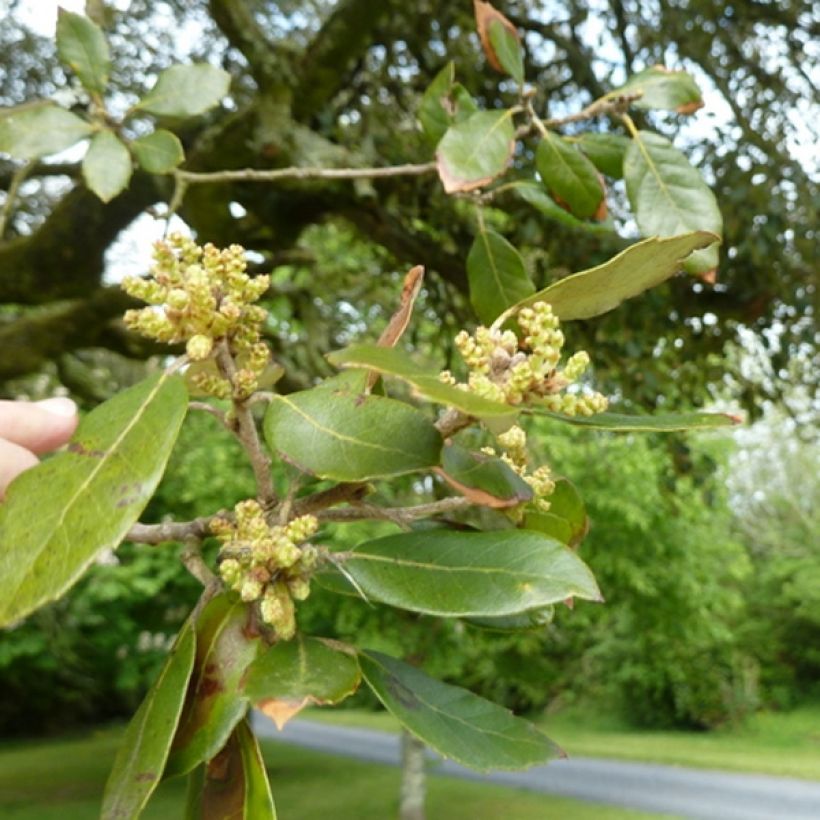

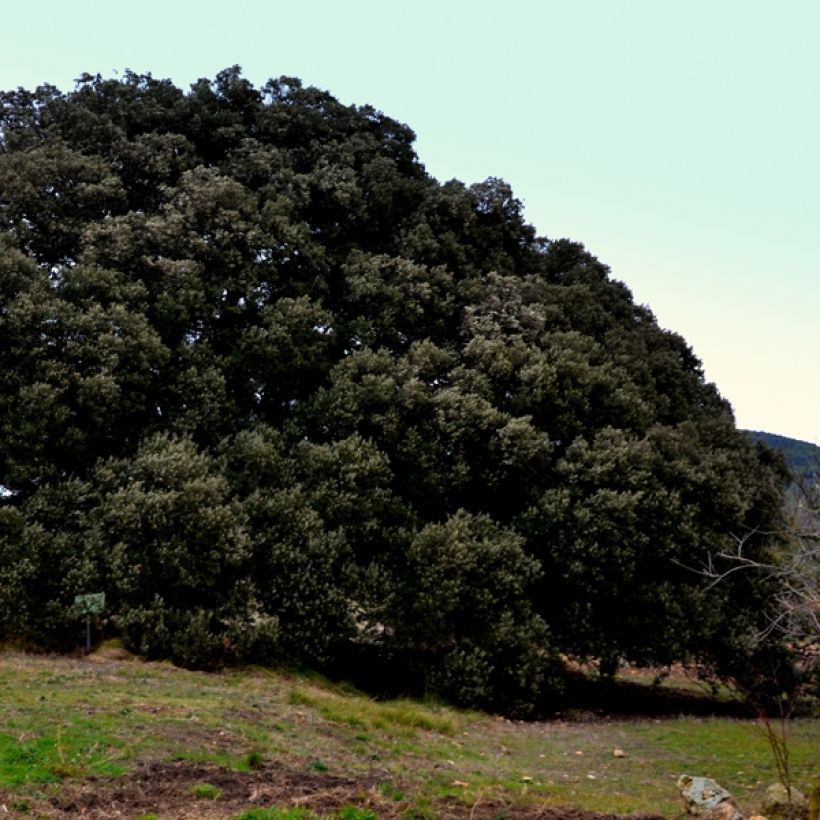

Plant habit
Flowering
Foliage
Botanical data
Quercus
ilex
Fagaceae
Holm Oak
Mediterranean
Other Oak
View all →Planting and care
The Quercus ilex thrives in all types of soil but must be planted in a well-lit location. The larger specimens require deep soil preparation, create a good planting hole ensuring good drainage for the young tree and firmly pack the soil around the oak once it is planted. Ensure abundant watering during the first summer in your garden.
Planting period
Intended location
Care
Planting & care advice
-
, onOrder confirmed
Reply from on Promesse de fleurs
Similar products
Haven't found what you were looking for?
Hardiness is the lowest winter temperature a plant can endure without suffering serious damage or even dying. However, hardiness is affected by location (a sheltered area, such as a patio), protection (winter cover) and soil type (hardiness is improved by well-drained soil).

Photo Sharing Terms & Conditions
In order to encourage gardeners to interact and share their experiences, Promesse de fleurs offers various media enabling content to be uploaded onto its Site - in particular via the ‘Photo sharing’ module.
The User agrees to refrain from:
- Posting any content that is illegal, prejudicial, insulting, racist, inciteful to hatred, revisionist, contrary to public decency, that infringes on privacy or on the privacy rights of third parties, in particular the publicity rights of persons and goods, intellectual property rights, or the right to privacy.
- Submitting content on behalf of a third party;
- Impersonate the identity of a third party and/or publish any personal information about a third party;
In general, the User undertakes to refrain from any unethical behaviour.
All Content (in particular text, comments, files, images, photos, videos, creative works, etc.), which may be subject to property or intellectual property rights, image or other private rights, shall remain the property of the User, subject to the limited rights granted by the terms of the licence granted by Promesse de fleurs as stated below. Users are at liberty to publish or not to publish such Content on the Site, notably via the ‘Photo Sharing’ facility, and accept that this Content shall be made public and freely accessible, notably on the Internet.
Users further acknowledge, undertake to have ,and guarantee that they hold all necessary rights and permissions to publish such material on the Site, in particular with regard to the legislation in force pertaining to any privacy, property, intellectual property, image, or contractual rights, or rights of any other nature. By publishing such Content on the Site, Users acknowledge accepting full liability as publishers of the Content within the meaning of the law, and grant Promesse de fleurs, free of charge, an inclusive, worldwide licence for the said Content for the entire duration of its publication, including all reproduction, representation, up/downloading, displaying, performing, transmission, and storage rights.
Users also grant permission for their name to be linked to the Content and accept that this link may not always be made available.
By engaging in posting material, Users consent to their Content becoming automatically accessible on the Internet, in particular on other sites and/or blogs and/or web pages of the Promesse de fleurs site, including in particular social pages and the Promesse de fleurs catalogue.
Users may secure the removal of entrusted content free of charge by issuing a simple request via our contact form.
The flowering period indicated on our website applies to countries and regions located in USDA zone 8 (France, the United Kingdom, Ireland, the Netherlands, etc.)
It will vary according to where you live:
- In zones 9 to 10 (Italy, Spain, Greece, etc.), flowering will occur about 2 to 4 weeks earlier.
- In zones 6 to 7 (Germany, Poland, Slovenia, and lower mountainous regions), flowering will be delayed by 2 to 3 weeks.
- In zone 5 (Central Europe, Scandinavia), blooming will be delayed by 3 to 5 weeks.
In temperate climates, pruning of spring-flowering shrubs (forsythia, spireas, etc.) should be done just after flowering.
Pruning of summer-flowering shrubs (Indian Lilac, Perovskia, etc.) can be done in winter or spring.
In cold regions as well as with frost-sensitive plants, avoid pruning too early when severe frosts may still occur.
The planting period indicated on our website applies to countries and regions located in USDA zone 8 (France, United Kingdom, Ireland, Netherlands).
It will vary according to where you live:
- In Mediterranean zones (Marseille, Madrid, Milan, etc.), autumn and winter are the best planting periods.
- In continental zones (Strasbourg, Munich, Vienna, etc.), delay planting by 2 to 3 weeks in spring and bring it forward by 2 to 4 weeks in autumn.
- In mountainous regions (the Alps, Pyrenees, Carpathians, etc.), it is best to plant in late spring (May-June) or late summer (August-September).
The harvesting period indicated on our website applies to countries and regions in USDA zone 8 (France, England, Ireland, the Netherlands).
In colder areas (Scandinavia, Poland, Austria...) fruit and vegetable harvests are likely to be delayed by 3-4 weeks.
In warmer areas (Italy, Spain, Greece, etc.), harvesting will probably take place earlier, depending on weather conditions.
The sowing periods indicated on our website apply to countries and regions within USDA Zone 8 (France, UK, Ireland, Netherlands).
In colder areas (Scandinavia, Poland, Austria...), delay any outdoor sowing by 3-4 weeks, or sow under glass.
In warmer climes (Italy, Spain, Greece, etc.), bring outdoor sowing forward by a few weeks.



































